
Santiago de Chile is a regional economic powerhouse backed by a vibrant past that has brought a modern town together in this Chilean metropolis’s architecture, culture, and geography.
Santiago has a rich architectural style from various periods of its history. In particular, the Plaza de Armas, the city’s historic heart, is characterized by its architecture of the 19th century and winding streets. It finds itself interspersed with Art Deco, Neo-Gothic, and Spanish colonial buildings that make the city center an enjoyable visual journey.

One of South America’s most advanced urban centers
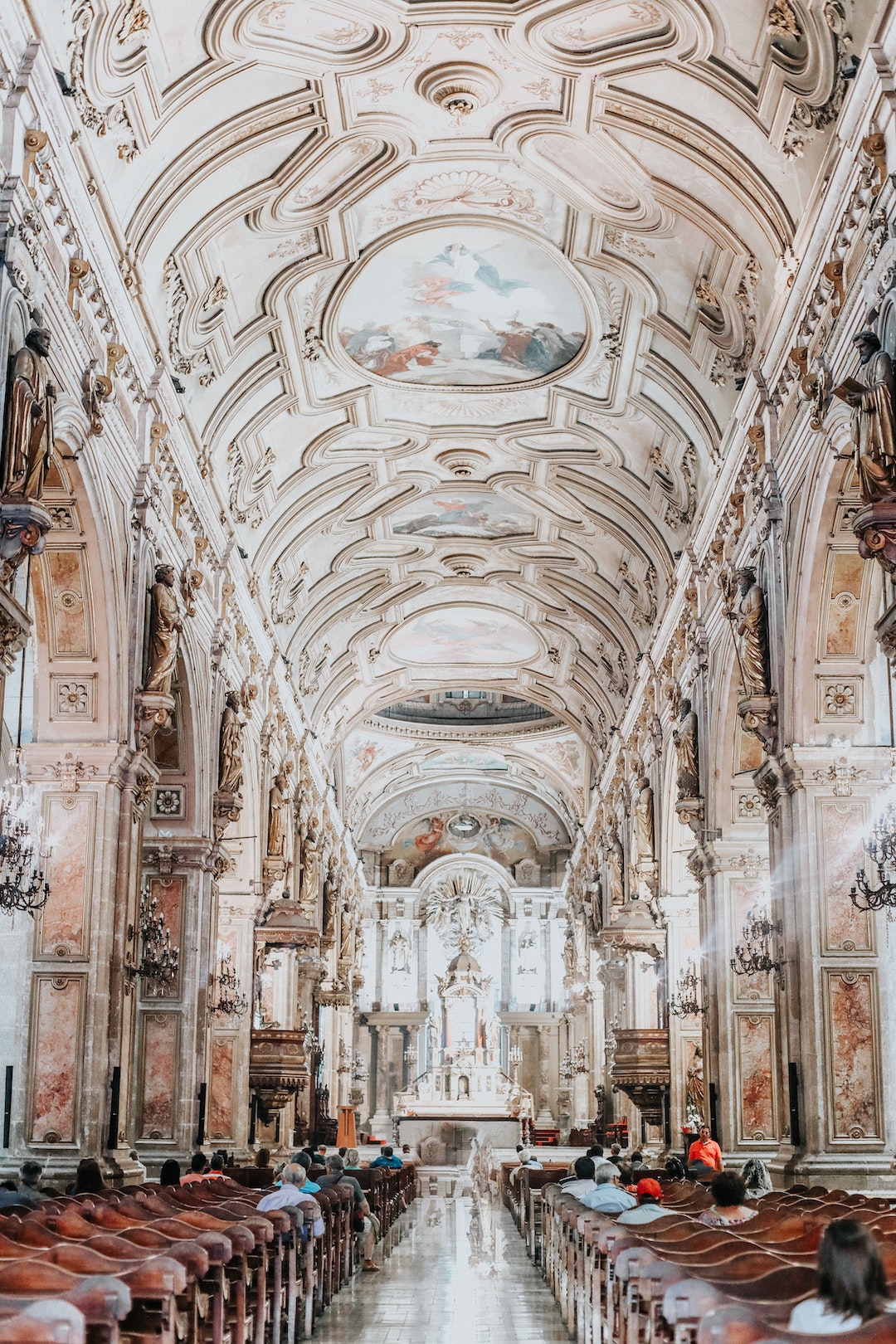
In comparison, the skyscape of Providencia Chile, as well as the great swathes of green spaces, such as the Parque forestal, where locals train, meet friends and attend one of the city’s many cultural activities, are massive skyscrapers and glass towers. Over and above the city, tourists can enjoy Maipo Valley vineyards, the high peaks of the Andes, and a wealth of outdoor activities like skiing. Santiago keeps its past secrets, such as dictatorships and invasions alongside its present, to be considered one of South America’s booming cities. Take a ride to the statue of the Virgin Mary at Cerro San Cristobal and enjoy a beautiful panorama of the region. Go to Bellavista’s vibrant district for some retail treatments and dine in the area of Bella Italia with delicious local wine. Santiago is a city for everyone, which can be seen in this melting pot of culture, trade, and art in the wide variety of ethnicities living together.
build your clients trip with our experts


What not to miss in Santiago
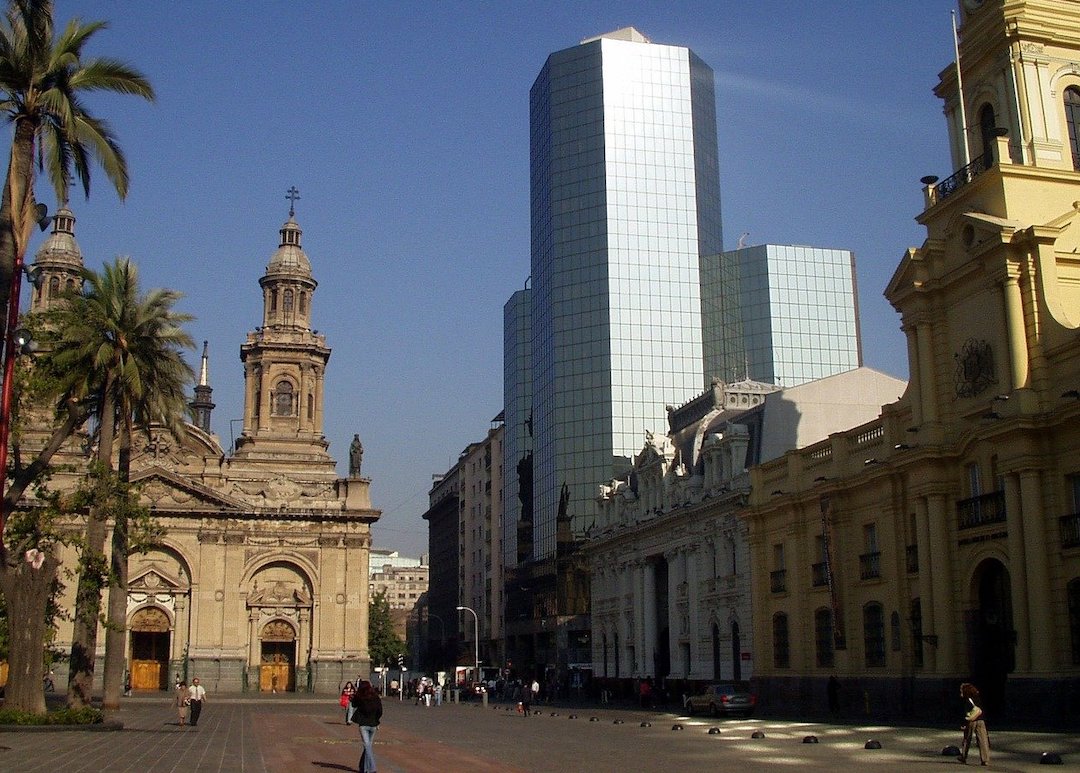
Plaza de Armas

Mercado Central
Mercado Central, Santiago’s other important market, is well-known among locals and visitors for one of the key goods while selling products and recollections. This market, founded in 1872, permeates every day of the week with a variety of South American seafoods, and is a sure stop for a seafood lunch and a taste of local cultures, located on San Pablo and a few minutes’ walk from the Cal y Canto station.
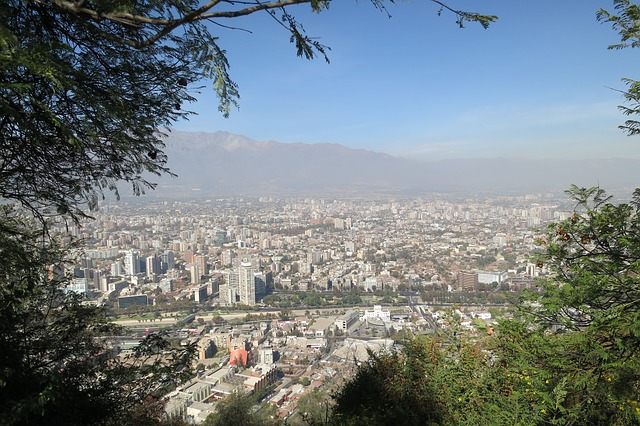
San Cristobal Hill
Bellavista is a true gem in Santiago and one of the city’s best places to walk and explore, situated in the shadow of San Cristobal hill. Bellavista is the bohemian quarter of Santiago and its streets boast of an energy which only Santiago can enjoy. While exploring this area, the Cerro San Cristóbal and the Parque Municipal stand above are not to be missed. You can either walk up, but you can go by cable car to the top.
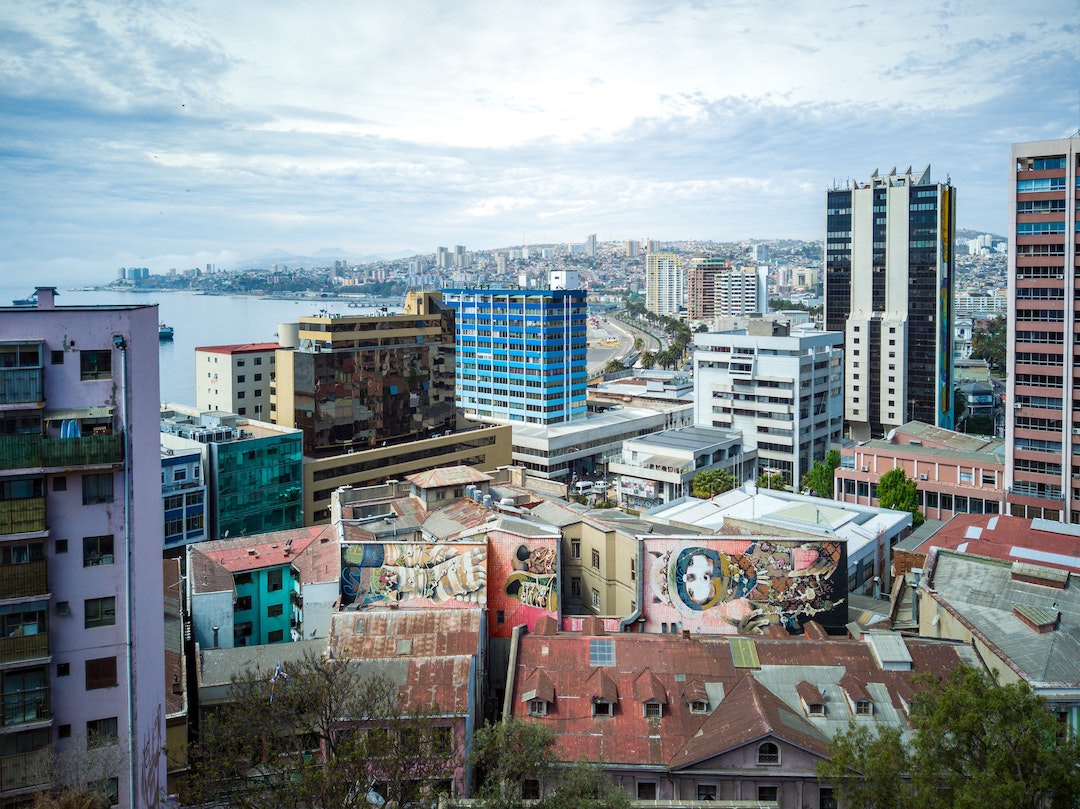
Viña del Mar & Valparaiso
Viña del Mar and Valparaiso, Chile’s first seaside resort, is situated 120 km northwest of Santiago. The second largest city in Chile, Valparaiso, is situated on the coast of Viña del Mar. Having much historical significance, natural beauty and original architecture, this port city was declared world heritage sight in 2003. In the city home to Chile’s Nobel laureate, Pablo Neruda, culture and history abound.
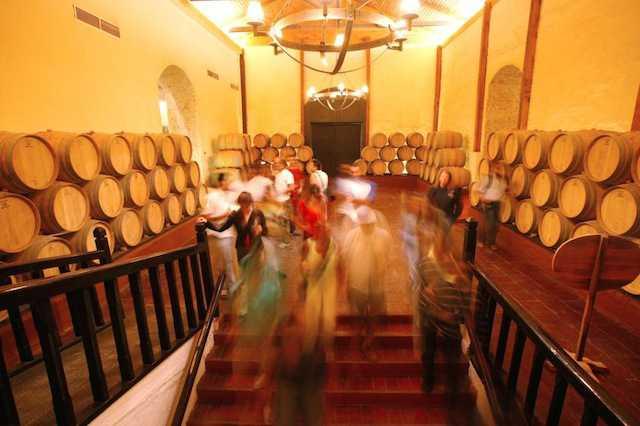
Maipo Valley – Wine valley
One of the most historic region in Chile, grapes planted in the Maipo Valley date back to Chile’s Spanish conquistadors. Today it’s home to some of the finest Cabernet wines in the world, like Don Melchor, Concha y Toro’s, and Santa Rita’s Casa Real. Wineyards reach east from Chile’s capital to the mighty Andes Mountains as the closest wine-region to Santiago making the valley the ideal place to sample Chile’s best wines.
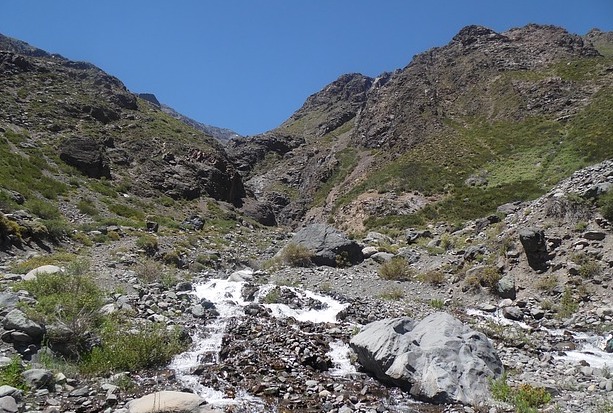
El Cajon del Maipo
The proximity of Cajon de Maipo to Santiago is a perfect getaway from the big city. You can visit the local hot springs inside this peaceful environment, or go hike the stunning Andes countryside, with plenty of adventure activities for more active excursions. You can go bungee jumping or test your power on canyoning paths during rafting. Intimate nature encounters like horseback riding, fly fishing, and picnicking.
destination map

| Title | Address | Description |
|---|---|---|
Santiago de Chile | Santiago, Región Metropolitana, Chile | A city where old meets new in the architecture, culture, and geography of this Chilean metropolis. In Chile’s central valley of the Santiago Basin, the city is surrounded by many formidable mountain ranges that dominate the horizon. The Andes, which are as far away from Santiago’s side as the Pacific Ocean is from the other, are among them. Read more… |
Chilean Patagonia | Patagonia | Patagonia is a vast region of Argentina & Chile, and the southernmost tip of South America. Chilean Patagonia, which draws tourists for its thrilling outdoor sports and seasonal wildlife spotting. In Chilean Patagonia, the Andes sink drastically into the Pacific, producing unique geographical formations and an extensive array of archipelagos, channels, and fjörds. Read more… |
San Pedro de Atacama | San Pedro de Atacama, Antofagasta, Chile | In northern Chile’s high, arid plains, an otherworldly moon-like landscape meets with the night skies. With vast desert plains, volcanic peaks, gleaming white salt pans, undulating pink and orange rock and sand formations, and turquoise lagoons, Atacama Desert is a remote land that continues to captivate travelers, and home to a variety of wildlife, flora, and fauna. Read more… |
Lake District | Avenida Philippi 1215, Frutillar Bajo, Frutillar, Los Lagos, Chile | At the Andes’ base, this 600-mile long sliver of mountainous terrain boasts numerous lakes between the mountain range and sea running south. This region draws tourists who enjoy a slower, more relaxed pace of exploration, to explore the lakes and their surroundings individually, away from the crowds and tourist traps of southern Patagonia, to give you that desired feeling of pure solitude in nature. Read more… |
Easter Island | Isla de Pascua, Valparaíso, Chile | This Pacific Island, located an astounding 2,200 m away from the South American coast, technically belongs to Chile. Famous for its giant Moai statues, iconic and mysterious stone heads have made the island popular throughout the world as remote, isolated, and enigmatic. The Moai were sculpted more than 400 decades ago by the indigenous Rapa Nui, the indigenous people inhabiting the island. Read more… |
Depending on your client’s preferences, we can help you determine the best experiences tailored for your clients. From where to visit, when to go, what to do and how to get there safely, our travel experts will help you create an experience your clients will love.
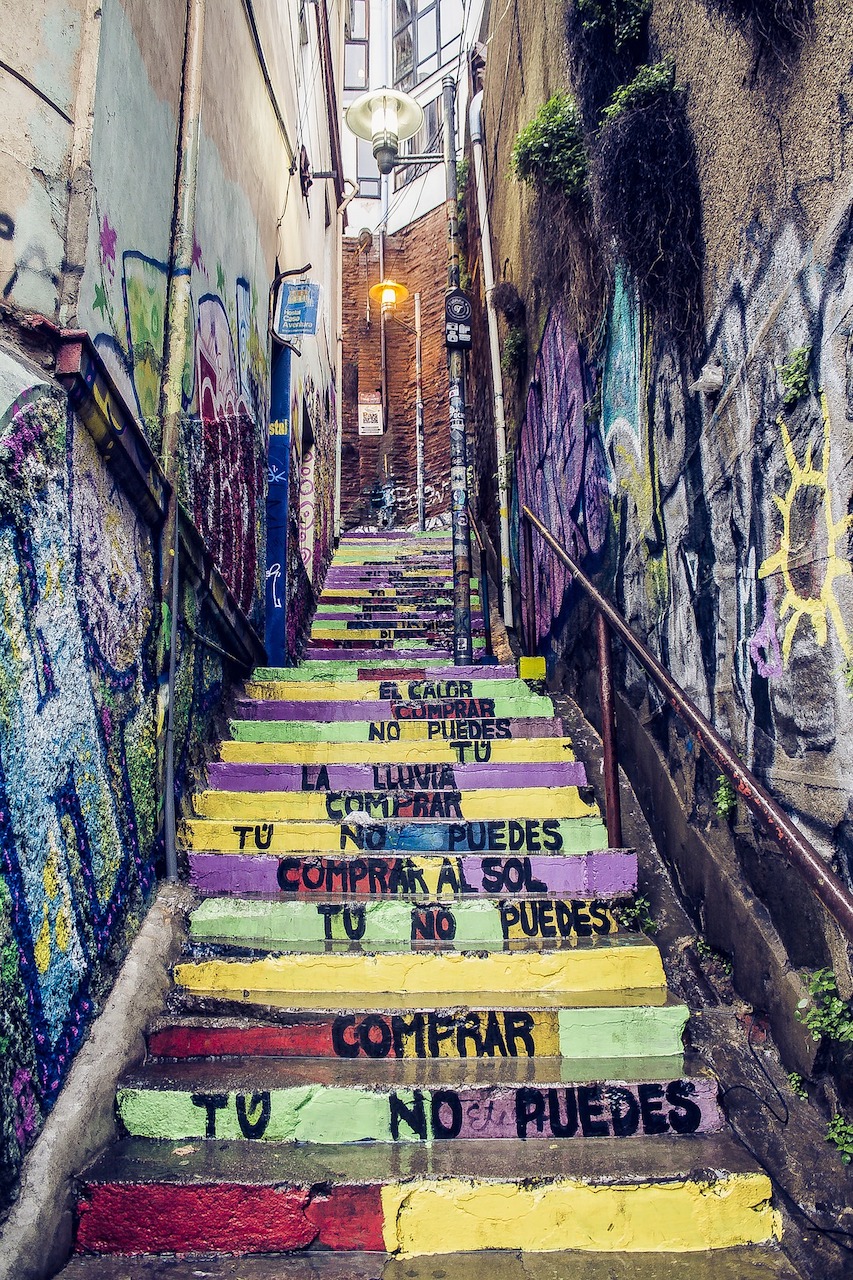
Best times to visit Santiago
The best way to visit Santiago except during the more intense summer or winter seasons is by fall, between March and May, or spring, between September and November. The best times to visit are spring and fall because there are plenty of sunny days and fewer visitors. If you are a wine lover, visit the wine region and enjoy the harvest festivals between March and May in Santiago. Santiago experiences an unpleasant climate change during the winter months of May to September when the valley is smog-filled and so many people want to flee the nearby ski pistes to get away from the area.
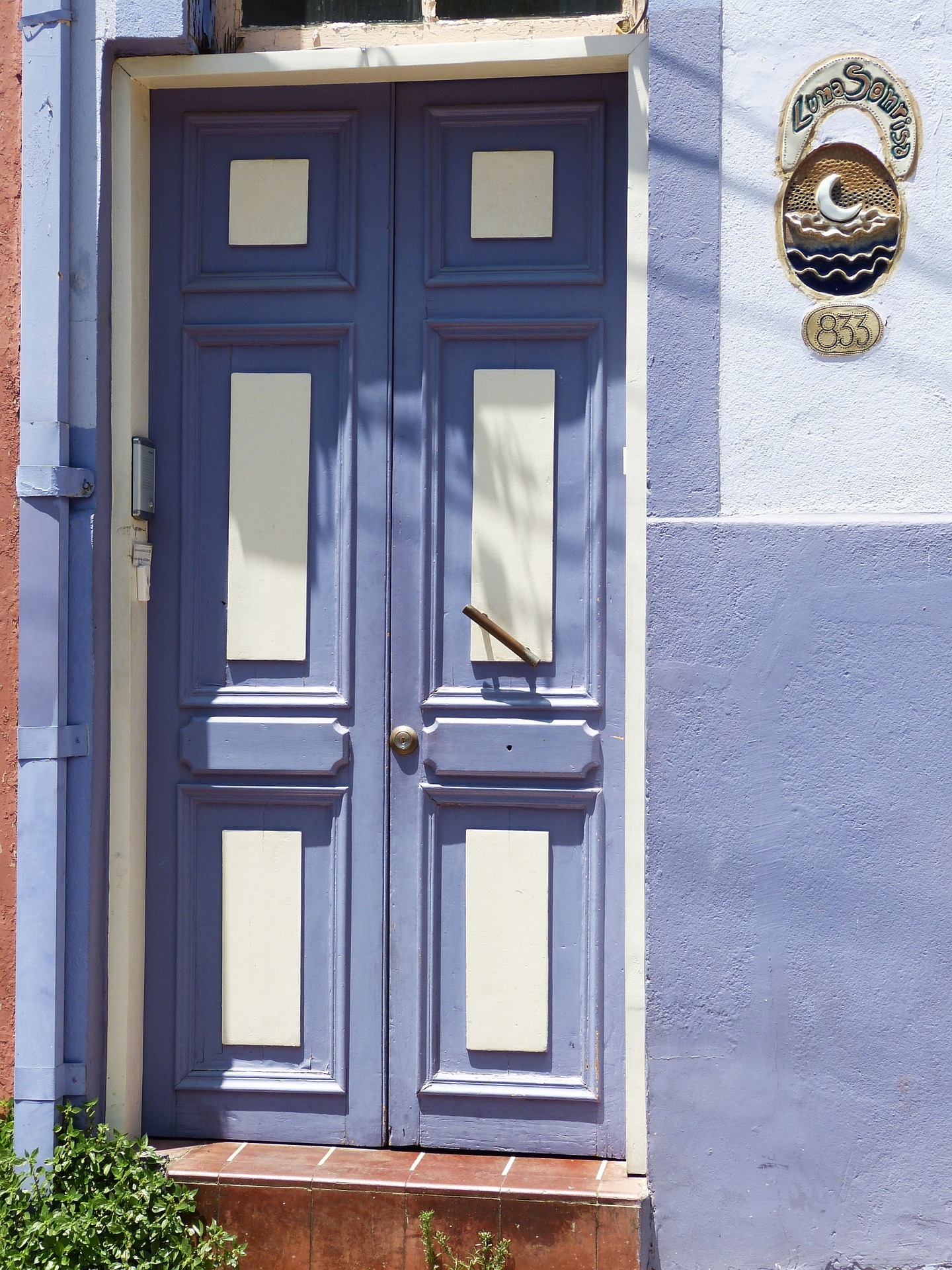
practical information
HOW TO GET THERE
Santiago’s international airport, Comodoro Arturo Merino Benítez International Airport (SCL), sits about 10 miles or 16 kilometers northwest of the city center. The airport serves many international carriers that offer direct flights daily between major international cities
Santiago also has an international bus connection to mendoza, Argentina.
GETTING AROUND
The best ways to get around Santiago are on foot and by metro. Since the city’s streets are laid out on a grid, exploring on foot is an easy way. O get a taste of the local transportation; it is easy and safe to take the metro. It serves as an efficient, inexpensive and reliable way to travel between barrios. Also Santiago’s Red buses are part of the city’s larger network, which includes the metro and commuter rail systems.
Santiago’s metro is clean, convenient and easily accessible, with six lines shuttling passengers all over the city.
Taxis are abundant in Santiago and you will recognize them by their black and yellow colors. But before you hop in, make sure that the cab is metered in order to ensure you pay a fair rate.
WHERE TO STAY
Since it’s Chile’s capital, any traveler can choose from a wide range of hotels, from 5 star luxury hotels to small bed & breakfasts.
Santiago’s food scene has become more and more popular in recent years; a deep gastronomic tradition can be explored, drawing on regional influences from Peru and Argentina. Fish is a staple in most menus and does not quit a la parmesana without trying (razor clams layered with cheese and lemon juice). Chileans feed later in the night or later, so be sure that you are eating enough throughout the day before dinner.
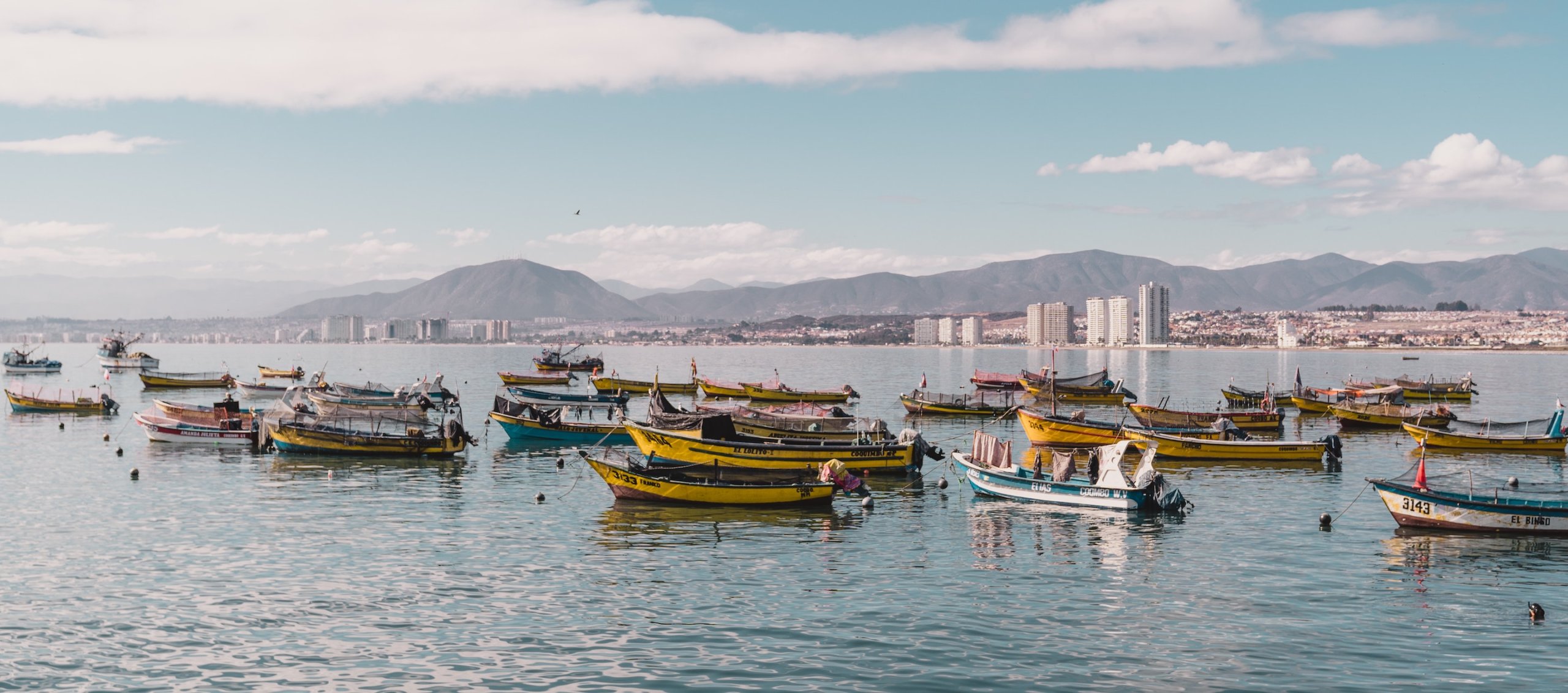
More highlights of Chile
With eight local offices in Latin America, we have the perfect base to help you build the perfect trip for your clients. Unrivaled experience with a wide selection of bed & breakfasts, small posadas, unique boutique hotels and world class luxurious lodging.
